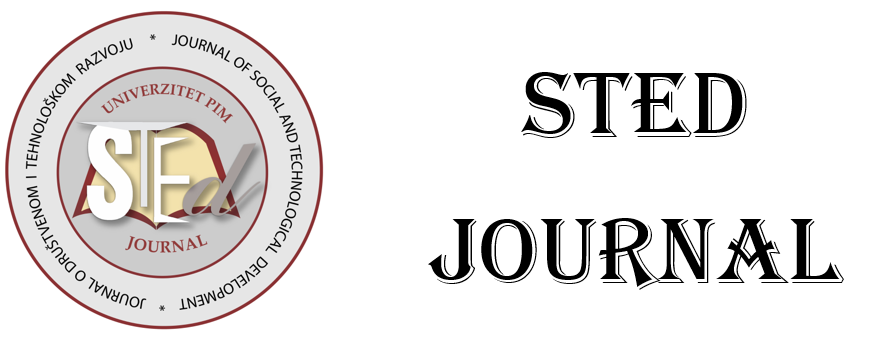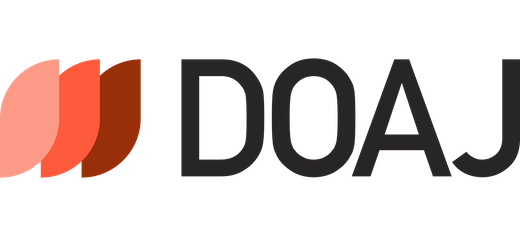Current issue

Volume 7, Issue 2, 2025
Online ISSN: 2637-2614
ISSN: 2637-2150
Volume 7 , Issue 2, (2025)
Published: 28.11.2025.
Open Access
All issues
Contents
30.11.2022.
Original scientific paper
DENTAL IMPLANT MATERIAL (POLYETHERETHERKETONE, TITANIUM AND ITS ALLOYS, ZIRCONIA)
The goal of this article is to inform the reader of three distinct types of biomedical materials applied in the production of dental implants, focusing on characteristics and categorizations of biomaterials based on: titanium (Ti + its alloys), commercially manufactured synthetic polymers (polyetheretherketone) and ceramic materials (zirconium dioxide). Considering the development and construction of implants, specific material requirements are named (mechanical properties), corrosion resistance, compatibility, morphology, etc. Each of these materials represents a specific group of biomedical materials and has a number of advantages. However, in relation to the differences in their nature (metal, plastic, ceramic base), it is necessary to approach the choice of material for dental implants with respect to the specific implant design and the patient’s health limitations.
Zuzana Mitaľová, Ján Duplák, Juliána Litecká, Dušan Mitaľ, Darina Dupláková
26.05.2020.
Review paper
ANALYSIS OF APPROACHES TO THE MATERIAL FLOW IN THE PRODUCTION PROCESS WITH THE USE OF SIMULATION
Simulation in the production process represents the implementation of processes in real-time and space. Current trends are heading towards the implementation and expansion of various types of automated delivery systems in many industrial enterprises. These efforts are supported by requirements to increase reliability, reduce operating costs and time as well as meet operational schedules. The present article pays attention to the use of simulations, which are supporting tools in ensuring the operation of the production process, focusing on the evaluation and planning of the material flow. The first part of the paper presents a theoretical description of problems in the area of application of simulation tools in the production process with a subsequent focus on material flow analysis. The core of the paper presents a description of the analysis of approaches to material flow assessment, using supportive simulation tools in line with the ideas of business digitization. At the end of the article, the overall evaluation and summary of the issue are described.
Darina Duplakova, Jan Duplak, Dušan Mitaľ, Peter Soltes, Enes Sukic










